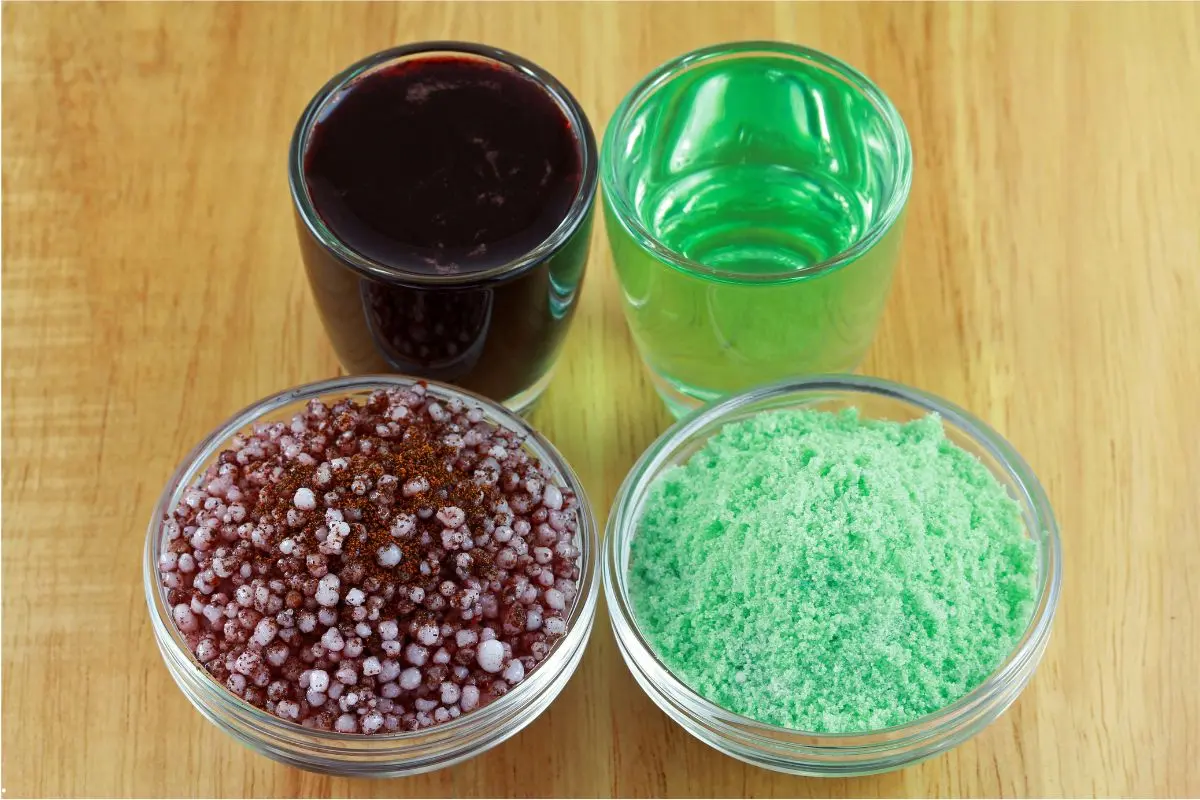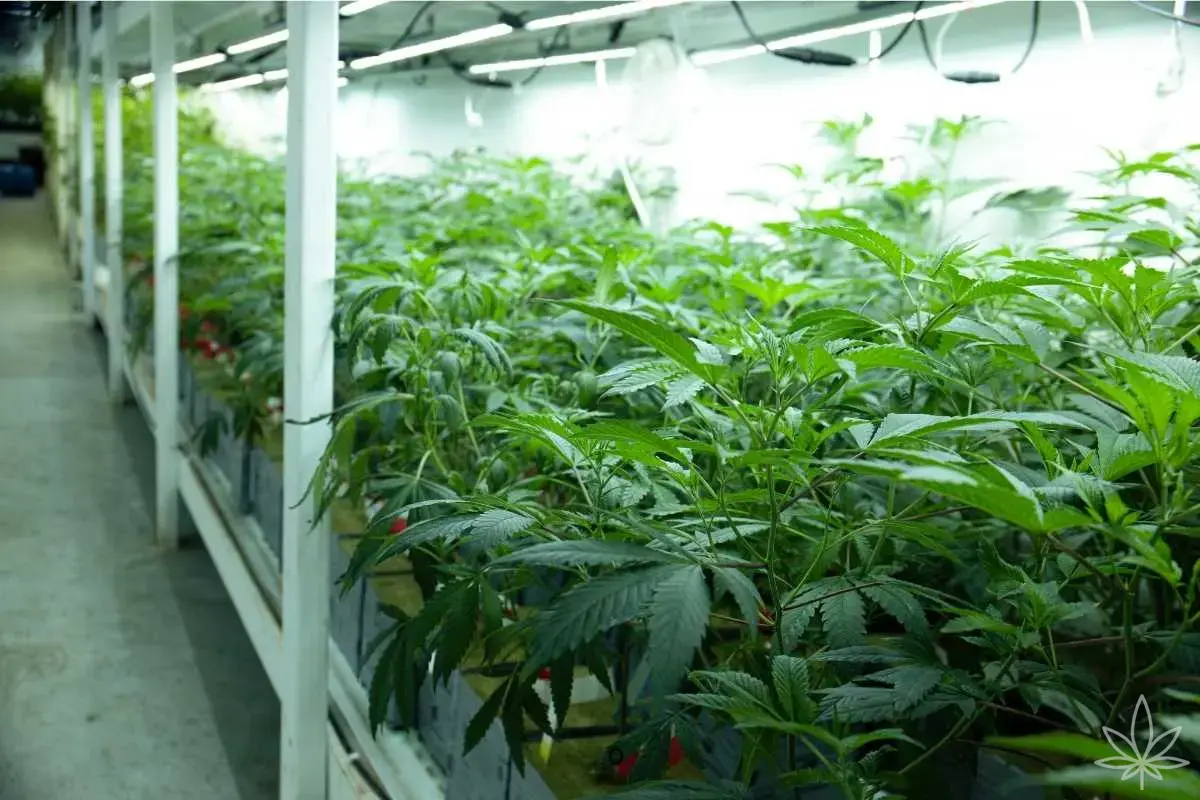Every grower, no matter how experienced, eventually faces the same question: how to feed their plants to ensure healthy growth and bountiful yields? In cannabis cultivation, the debate is particularly relevant, since fertilization impacts not only yield size but also the quality, flavor, and aroma of the flowers.
Two main approaches dominate the market: organic fertilization and mineral fertilization. At first glance, they seem opposed — tradition versus modern precision — but in practice the line is not as rigid as it appears. Many growers now discover that the most effective results often come from combining both worlds.
Why is fertilization so important?
Just like humans, plants need more than a simple medium to survive. They require a regular supply of nutrients. Nitrogen, phosphorus, and potassium — the macronutrients — drive vegetative growth, root development, and flowering, respectively. Alongside them, micronutrients like calcium, magnesium, iron, and copper play critical roles in plant metabolism.
Even a rich substrate eventually loses its fertility in a closed container system. Fertilization, therefore, is not optional but essential. The real question is: how should we provide these nutrients?
Organic fertilizers — the slow power of nature
Organic fertilization relies on natural sources such as compost, bat guano, worm castings, bone meal, or plant extracts. Rather than delivering nutrients instantly, they work by slowly releasing them through the action of soil microorganisms.
The advantages are clear. First, organic matter makes the soil come alive — it fosters a thriving microflora that collaborates with roots in a symbiotic relationship. Second, nutrients are released gradually, reducing the risk of overfeeding. Third, many growers believe that organic feeding enhances the flavor and aroma of the harvest.
On the downside, organic fertilizers act more slowly, and it can be harder to predict precise nutrient availability at any given time. In indoor cultivation, where cycles are shorter and highly controlled, this can present challenges.
Mineral fertilizers — precision and speed
On the other side are mineral fertilizers, made of water-soluble synthetic salts. Their strength lies in immediacy: nutrients are delivered in a form directly available to the roots. This allows growers to respond quickly to deficiencies and fine-tune feeding throughout each stage of growth and flowering.
For this reason, mineral fertilizers are the standard in hydroponics, where precision and quick adjustments are crucial.
The drawbacks? Precision demands vigilance. Overfertilization is easy to cause, and the absence of soil microbiology can reduce the long-term vitality of the medium. Critics also argue that exclusively mineral-fed plants may sometimes lack the nuanced flavors that organics tend to encourage.
Facts vs. myths
Several misconceptions cloud the discussion:
- Myth: “Organic fertilizers always mean smaller yields.”
In truth, well-prepared organic soils can produce very large harvests. The issue lies more in inexperience or poor timing than in the fertilizers themselves. - Myth: “Mineral fertilizers always ruin flavor.”
Not necessarily. Proper flushing before harvest minimizes residual salts, and with correct management, mineral-fed plants can retain excellent taste and aroma.
Hybrid strategies — combining the best of both worlds
More and more growers are turning to hybrid approaches. A living organic base provides long-term stability and flavor, while mineral boosters (especially phosphorus and potassium during flowering) supply the immediate push that plants sometimes need.
This method balances natural soil vitality with modern precision — a formula particularly well-suited for demanding indoor cultivation.
Indoor vs. outdoor — different needs
Outdoors, organic fertilization shines. Long growth cycles and naturally rich soils allow microbes to work steadily, ensuring balanced nutrition.
Indoors, where time is shorter and conditions more constrained, mineral fertilizers allow for tighter control and faster responses. Many growers combine the two, adjusting strategies according to the stage of growth.
Recognizing deficiencies and overfeeding
No matter the method, plants communicate through their leaves. Yellowing, spots, or stunted growth are signs of nutrient imbalance. With organics, issues often appear gradually; with minerals, they can strike fast. The rule of thumb: it’s easier to add more nutrients later than to correct an overdose.
FAQ
Can you switch from mineral to organic fertilizers mid-grow?
Yes, though the soil may take time to rebuild microbial activity.
Can organic fertilizers be used in hydroponics?
Generally no — they clog systems and encourage unwanted microbial growth.
Is flushing necessary only with mineral fertilizers?
Mostly yes, but some growers flush organic setups as well to enhance final flavor.
Conclusion
Choosing between organic and mineral fertilizers should not be an ideological battle. Organics breathe life into the soil and enhance flavors, while minerals offer speed and precision.
The best results often come from combining both approaches: a rich organic base complemented by targeted mineral boosters. Ultimately, the right choice depends on the grower’s style, environment, and goals.
By treating fertilizers not as opposing camps but as complementary tools, growers can design feeding strategies that maximize both yield and quality.







